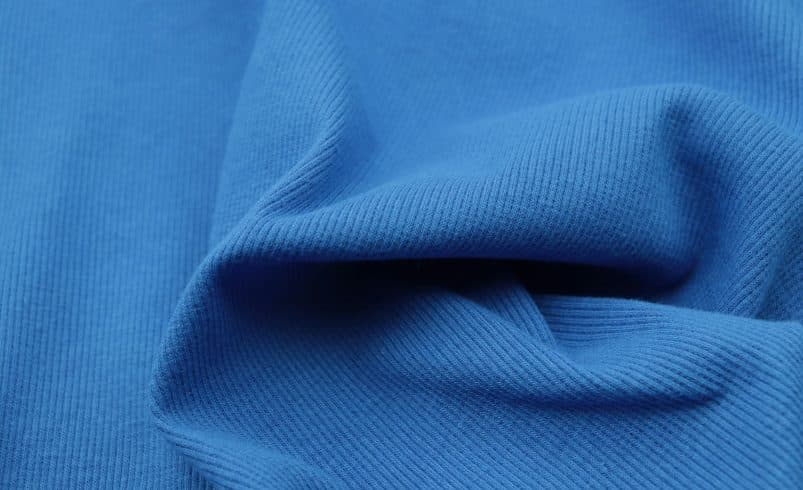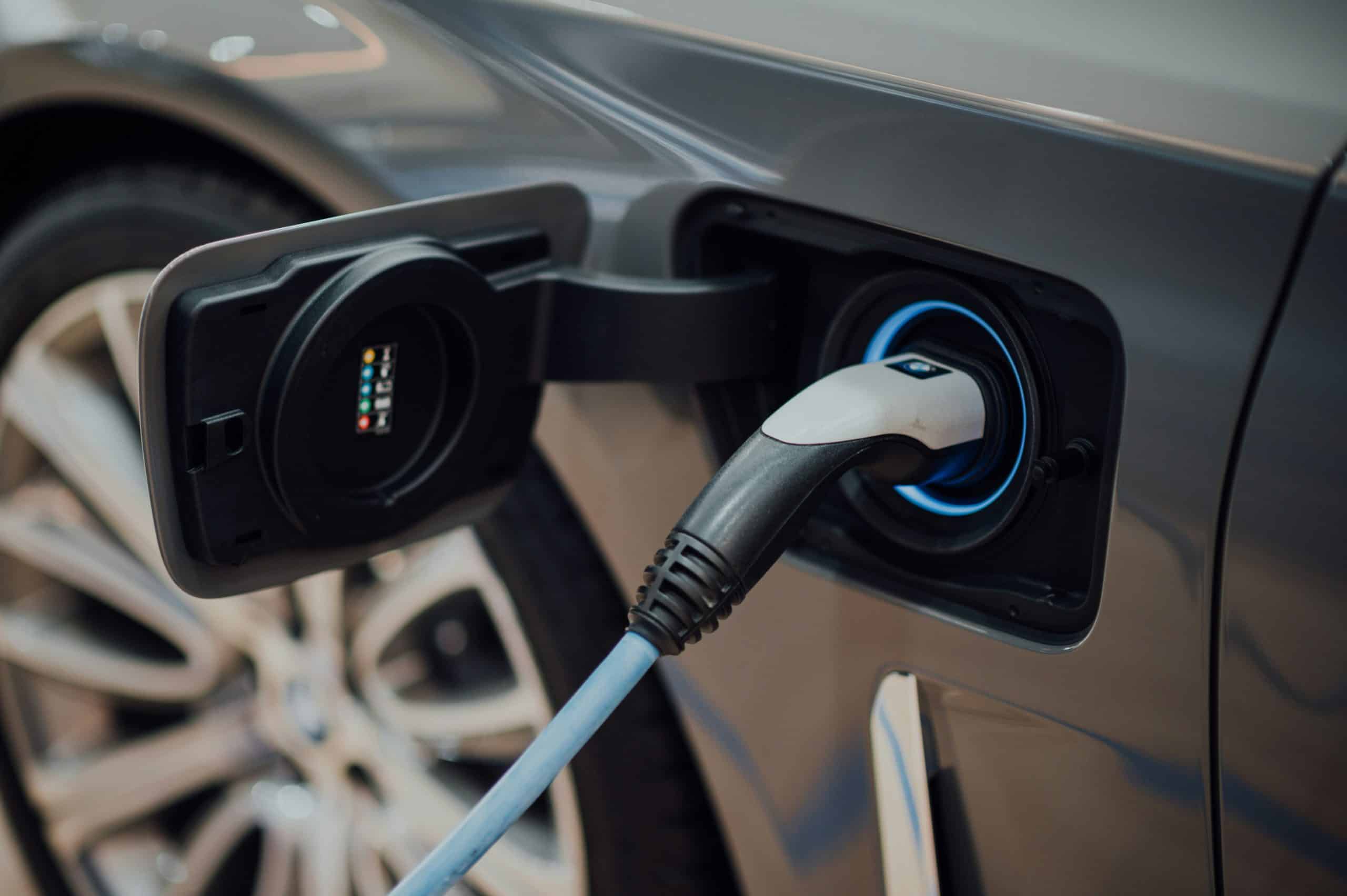The fusion of technology and athletic wear has revolutionized how we approach fitness. According to Sports Technology Research, the smart fabric market is projected to reach $5.93 billion by 2025, marking a dramatic shift in how we view our workout gear. I’ve spent countless hours testing these innovative garments, and I’m here to share which tech-enabled pieces actually deliver on their promises.
The Science Behind Smart Fabrics
Smart fabrics represent a revolutionary fusion of traditional textiles and cutting-edge technology. Conductive fibers, typically made from silver, copper, or graphene, are woven seamlessly into the fabric structure through specialized manufacturing processes. These conductive elements create an intricate network capable of transmitting electrical signals throughout the garment.
Moisture-wicking technology has undergone significant transformation with smart textiles. Modern fabrics incorporate hydrophobic and hydrophilic zones strategically positioned to create optimal moisture gradients. This advanced engineering allows sweat to move away from the skin through microscopic channels while maintaining breathability.
Thermoregulation in modern fabrics operates through phase-change materials (PCMs) embedded within the fiber structure. These PCMs absorb excess heat during intense activity and release it when the body temperature drops, creating a dynamic temperature control system. The integration of micro-encapsulated PCMs ensures durability through multiple wash cycles.
Antimicrobial treatments have evolved beyond simple chemical applications. Smart fabrics now utilize silver nanoparticles permanently bonded to the fiber structure, providing lasting protection against bacteria and odor. Some manufacturers have developed self-regenerating antimicrobial properties that activate in response to bacterial presence.
Game-Changing Features Worth Your Investment
Real-time performance tracking has reached unprecedented accuracy levels through integrated sensor networks. These systems monitor heart rate, respiratory rate, and movement patterns with medical-grade precision. The data transmission occurs through bluetooth-enabled nodes seamlessly incorporated into the fabric structure.
Muscle activation monitoring represents a significant breakthrough in smart fabric technology. Electromagnetic sensors detect subtle electrical changes in muscle groups during exercise, providing detailed feedback about engagement patterns and potential imbalances. This technology enables users to optimize their form and prevent injury.
Posture correction technology employs a network of tension sensors and gentle haptic feedback mechanisms. When poor posture is detected, the garment delivers subtle vibrations or pressure changes to prompt alignment corrections. This continuous feedback helps develop better postural habits over time.
Environmental adaptability extends beyond basic UV protection. Advanced smart fabrics now incorporate responsive polymers that adjust their structure based on environmental conditions. These materials can increase UV protection during peak sun exposure and enhance thermal insulation in response to temperature drops.
Top Smart Fabric Innovations of 2025
Temperature-responsive materials have achieved new levels of sophistication. The latest innovations utilize artificial intelligence to predict body temperature changes based on activity patterns and environmental conditions. These systems proactively adjust their properties to maintain optimal comfort.
Compression technology integrated with biometric sensors provides targeted support based on real-time muscle fatigue data. The fabric can dynamically adjust compression levels across different zones, optimizing blood flow and reducing recovery time between workouts.
Self-cleaning fabric treatments utilize photocatalytic materials that break down organic compounds when exposed to light. This technology effectively eliminates stains and odors while maintaining the fabric’s technical properties. Some advanced versions even incorporate air-purifying capabilities.
Energy-harvesting textiles convert kinetic and thermal energy from body movement into usable power. These materials can generate enough electricity to charge small devices through integrated USB ports. The technology utilizes piezoelectric fibers and thermoelectric elements woven into the fabric structure.
Evaluating Cost vs. Performance Benefits
Long-term durability tests show smart fabrics maintaining their technical properties for up to 500 wash cycles, significantly outperforming traditional activewear. The initial investment typically yields 2-3 times the lifespan of conventional garments.
Enhanced workout efficiency through real-time feedback and automatic adjustments leads to measurable performance improvements. Studies indicate a 15-20% increase in training effectiveness when using smart fabric garments consistently.
Maintenance requirements remain relatively simple despite the advanced technology. Most smart garments can be machine washed on gentle cycles, though some require specific temperature settings or specialized cleaning solutions to maintain their technical properties.
Leading brands offer smart fabric garments ranging from $100-500, with premium items featuring comprehensive sensor systems commanding higher prices. The cost per wear typically decreases significantly over time due to enhanced durability and performance benefits.
Making Smart Choices: A Buyer’s Guide
Different fitness activities require specific smart fabric features. High-impact activities benefit most from advanced compression and shock absorption properties, while endurance sports prioritize moisture management and temperature regulation.
Quality smart fabric construction can be identified through several key indicators. Look for seamless sensor integration, reinforced connection points, and certifications from recognized testing laboratories. The fabric should maintain its properties even when stretched or compressed.
Device compatibility has become increasingly standardized. Most smart garments now support major fitness platforms through open-source protocols. Before purchasing, verify compatibility with your preferred fitness apps and devices.
Warranty terms vary significantly between manufacturers. Premium brands typically offer 1-2 year guarantees covering technical performance and sensor functionality. Some companies provide performance guarantees, promising specific improvements in measurable metrics when using their products as directed.
The Future of Fitness
The landscape of athletic wear continues to evolve, with smart fabrics leading the charge toward more personalized and effective workouts. While these tech-enabled pieces require a bigger investment upfront, the right choices can significantly enhance your training experience. Consider your specific fitness needs and choose pieces that align with your goals – the right smart fabric investment could be the game-changer your workout routine needs.












